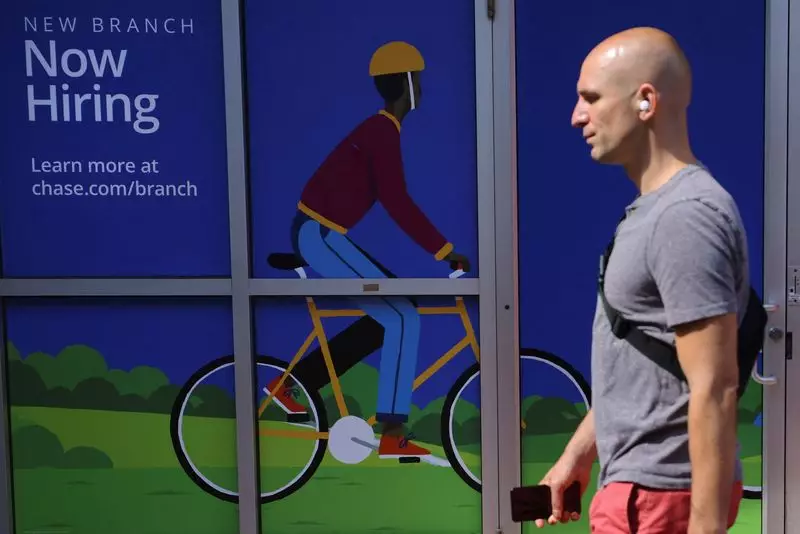The recent report from the Labor Department’s Bureau of Labor Statistics revealed that U.S. job growth slowed more than anticipated in July. Nonfarm payrolls only increased by 114,000 jobs, a significant drop compared to the previous month’s gain of 179,000 jobs. This unexpected deceleration in job creation has raised concerns about the overall health of the labor market.
In addition to the slowdown in job growth, the unemployment rate also rose to 4.3% in July. This increase has fueled fears that the labor market may be deteriorating, putting the economy at risk of a potential recession. The rise in unemployment, coupled with the sluggish pace of hiring, suggests that the Federal Reserve’s interest rate hikes may be impacting demand, further exacerbating the slowdown in job creation.
It is worth noting that external factors, such as Hurricane Beryl, played a role in the disappointing job numbers for July. The storm disrupted power in Texas and affected parts of Louisiana during the survey week for payrolls, which likely contributed to the lower-than-expected job gains. While external factors can have a temporary impact on job growth, the underlying trend of low hiring remains a cause for concern.
Despite the slowdown in job creation, average hourly earnings increased by 0.2% in July. However, the year-on-year wage growth of 3.6% was the smallest gain since May 2021. While wage growth remains above the 3%-3.5% range considered consistent with the Fed’s inflation target, the moderation in earnings growth indicates potential challenges ahead. The continued rise in inflation could further complicate the economic outlook.
The recent employment report has fueled speculations about the Federal Reserve’s monetary policy stance. With the unemployment rate increasing for the fourth consecutive month and job growth slowing, the case for a September rate cut by the central bank has been strengthened. The concerns over the sustainability of the economic expansion have heightened, underscoring the need for proactive measures to support the labor market and overall economic growth.
The recent slowdown in job growth and the rise in the unemployment rate highlight the challenges facing the US economy. External factors, coupled with the impact of monetary policy decisions, have contributed to the current state of the labor market. As policymakers navigate these uncertainties, it is essential to adopt a balanced approach that supports both job creation and wage growth to ensure long-term economic stability.

